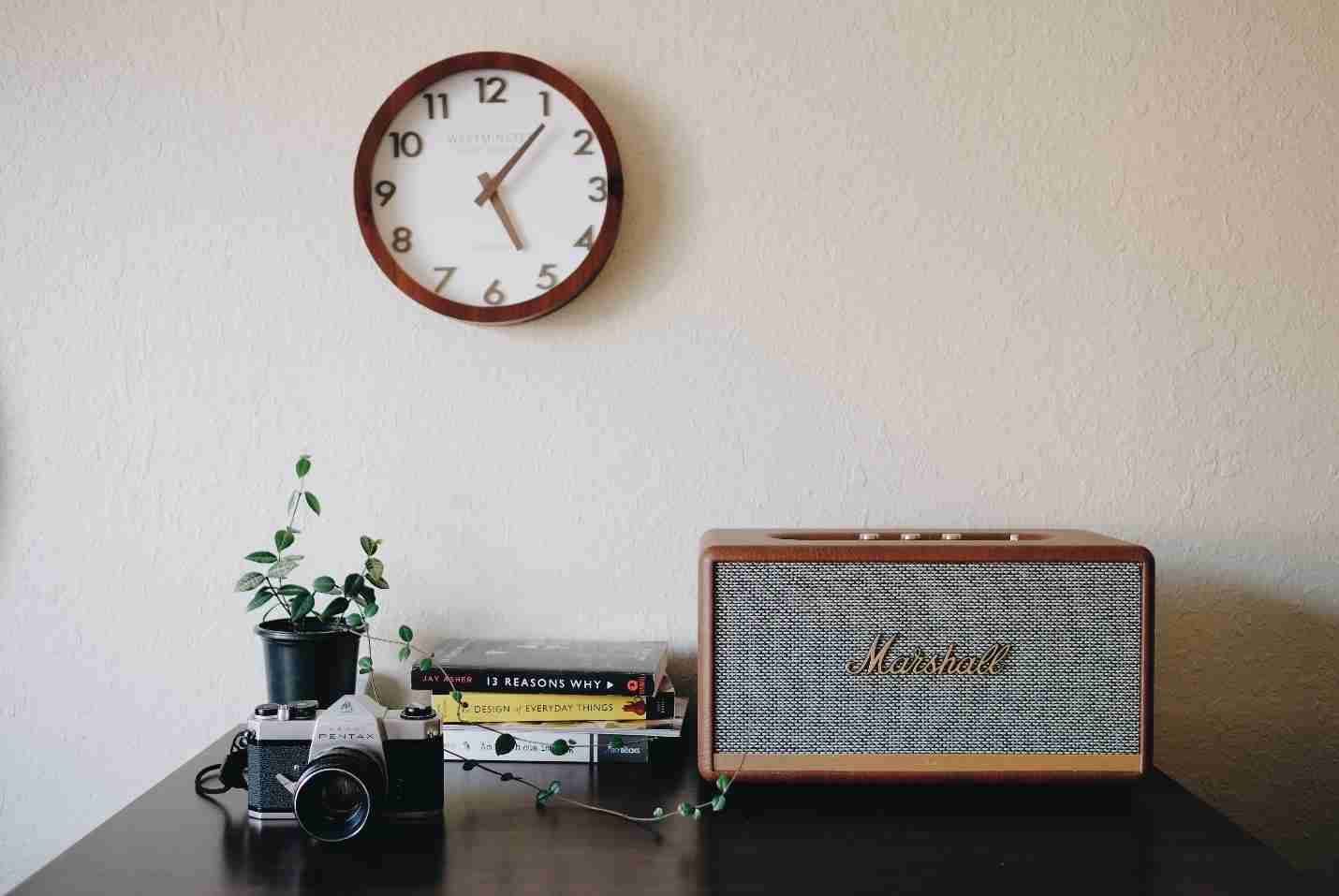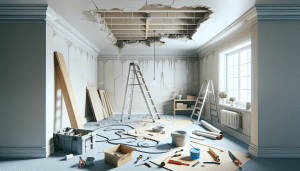Drywall is an excellent alternate to plaster walls. It’s not only convenient and cheaper than plaster, but it’s also sturdier, easier to paint, and has outstanding fire resistance. However, as much as drywall is a great option, it comes with its own set of challenges.
Drywall doesn’t usually pose problems if installed properly by the right professionals, maintained well, and painted regularly. However, it’s best to educate yourself on the many challenges you may have to deal with once you get drywall in your home.
Most of the issues with drywall can be dealt with pretty easily by professionals, but you should be familiar with them too – since it’s your money that’s at stake.
Sanding
Like any other surface, you need to sand drywall before you paint it. This is where you’ll have to face a challenge – how much sanding would be just right? Well, that’s not so easy to answer in the case of drywall. As much as drywall is sturdy, it’s also delicate. If you sand too much, it can damage it. However, if you sand too little, it won’t make the surface as smooth as it should be for painting. It might take you a few attempts to get the level of sanding just right.
Covering the Joints
If you’re using drywall to cover a large area, you’ll need several panels. All panels will be joined together. This is where the problem arises. Each panel is attached to a wooden frame through studs on the frame. Adjacent panels are joined by tape initially, and then, once all panels are in place, a joint filler is applied to secure all the panels in place. However, if you leave too much gap in between or don’t secure the studs strongly, the panel may come loose. Suppose you attach the panels too closely without leaving at least 1/8 inches gap in between. In that case, cracks might develop on the entire wall due to the expansion and contraction of drywall due to fluctuations in temperature. In short, there’s little, or even, no space for error in drywall installation.
Moisture and Mold
If any pipes beneath the drywall are leaking or there’s excessive moisture in the air, you’re in for a massive challenge. Drywall doesn’t take moisture well. It can form bubbles. In the worst cases, mold can grow on your drywall, and when that happens, there’s nothing that you can do. No amount of paint can hide the unsightly mold.
Painting
Inconsistent paint strokes can get really prominent on drywall. This is another of the many drywall problems that you should know beforehand. You need to make sure you’re stroking the brush in a uniform direction and giving each coat adequate time to dry before applying a fresh coat.
Although drywall is associated with many drywall problems, these problems aren’t too serious and can be easily managed and corrected. If you’re getting your drywall installed by the right professionals, you won’t even have to worry about most of the drywall problems.




